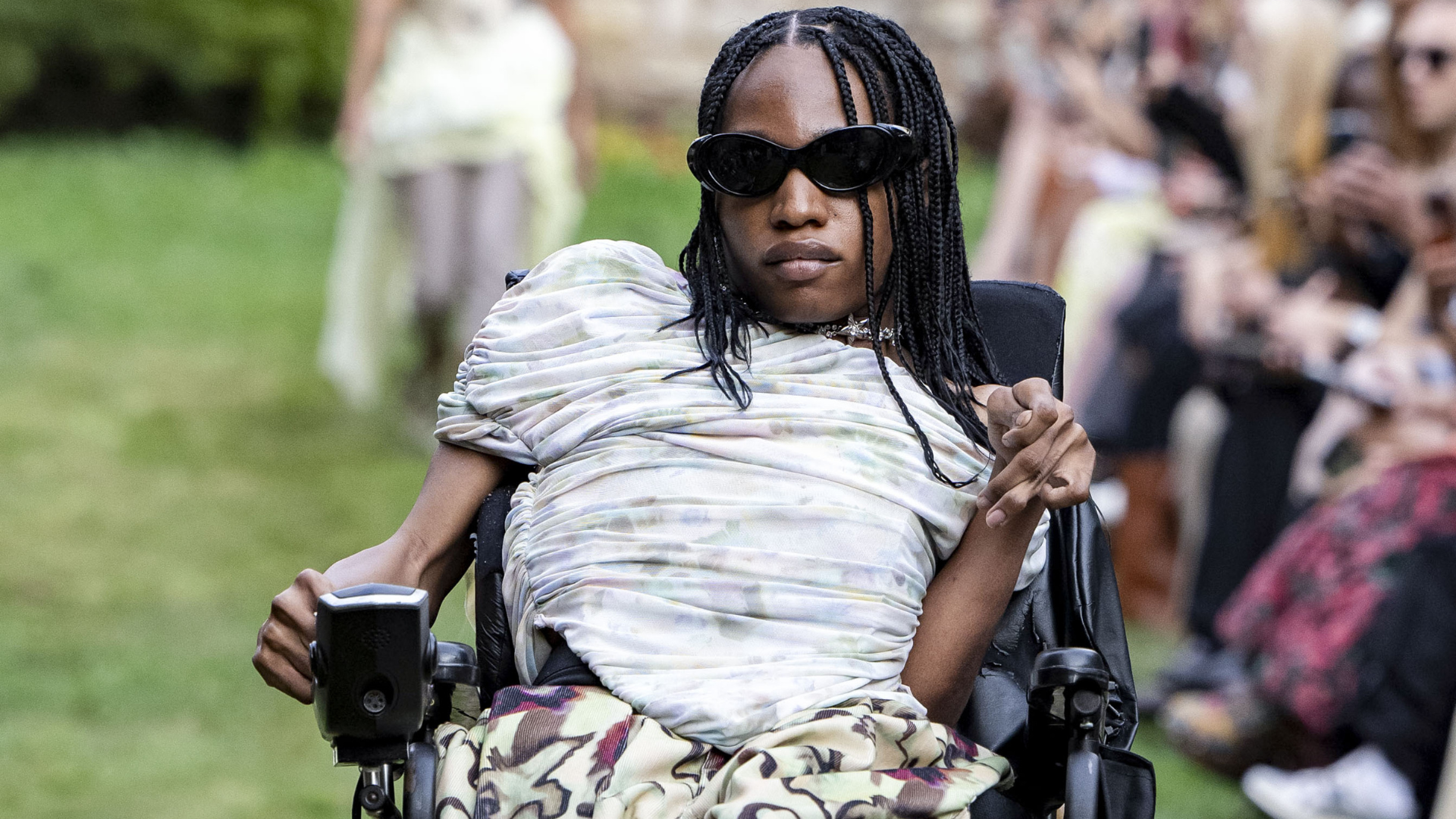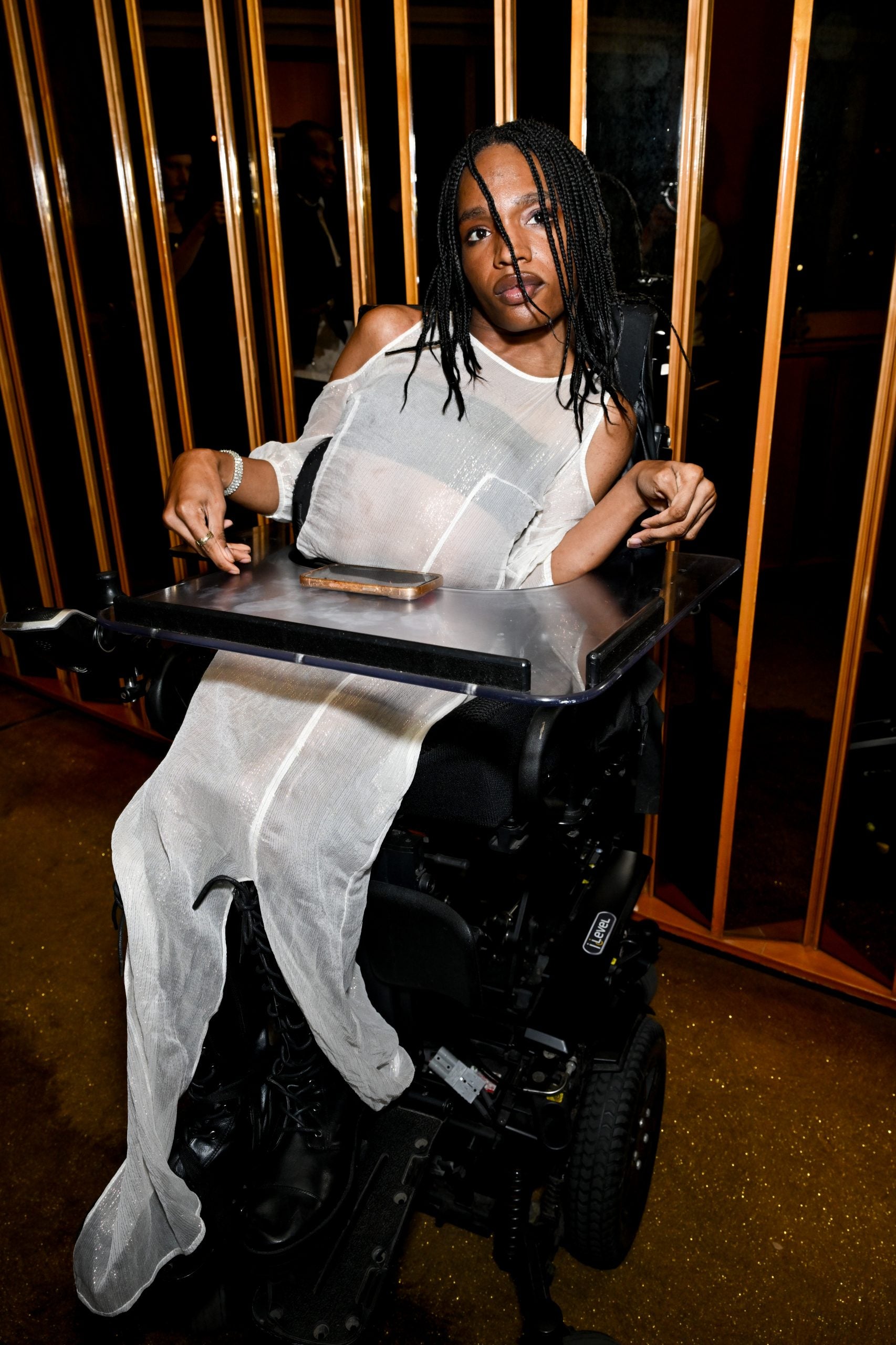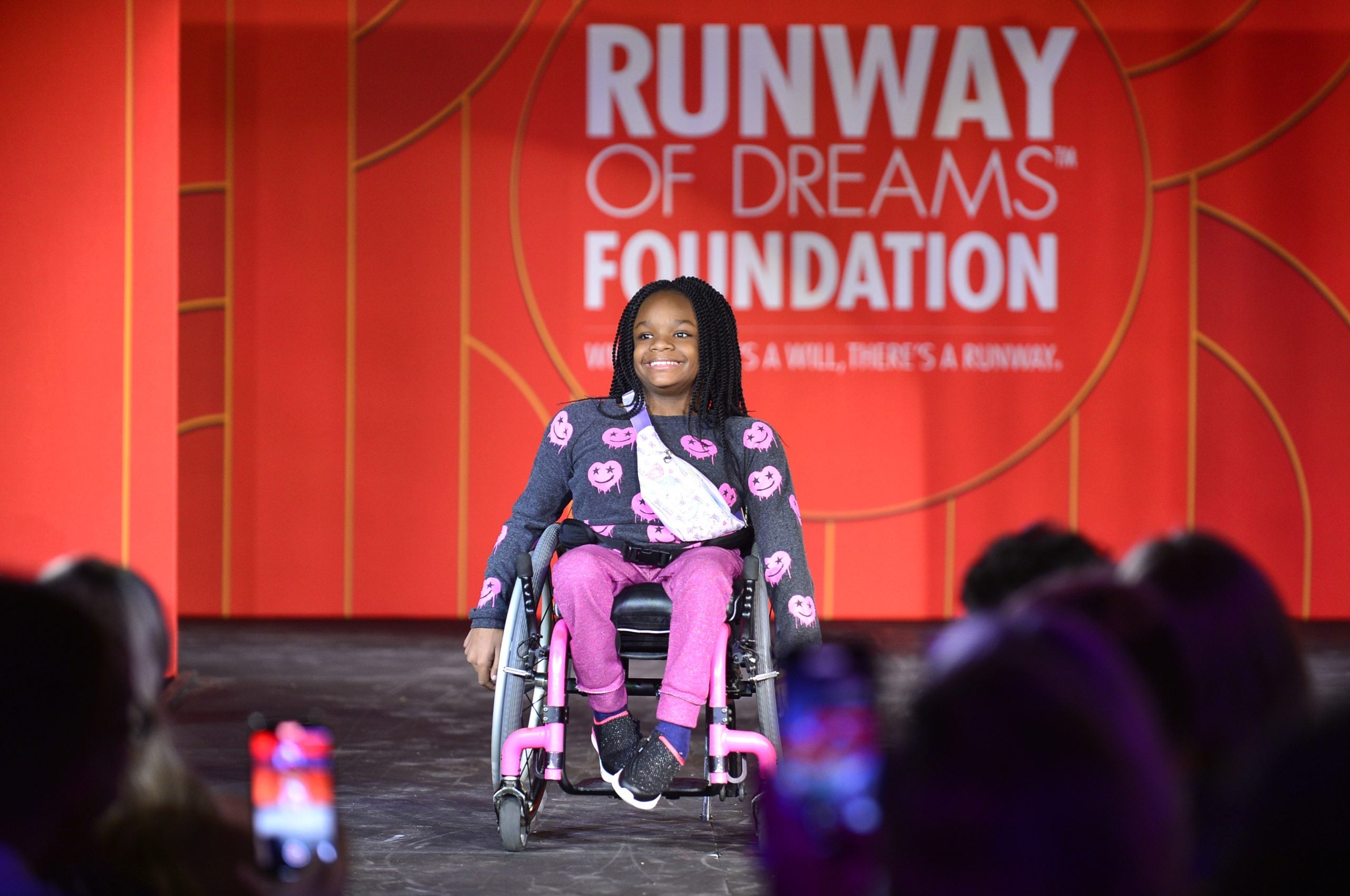
The fashion industry has made significant strides toward inclusivity, yet when it comes to disability representation, glaring gaps remain. While some brands have begun embracing a broader spectrum of body types, skin tones, and identities, disabled individuals continue to be vastly underrepresented. This lack of visibility in campaigns, runway shows, and brand collaborations is not just an oversight, it’s a missed opportunity to revolutionize by embracing innovation and accessibility.
As global fashion weeks attract buyers, media, celebrities, and top designers who proudly present their latest collections, the question of how disability is represented continues to gain traction. April Lockhart, a disabled fashion influencer, shared her perspective on the industry’s progress. “Brands are becoming more inclusive, and we’ve come a long way. There are new activations and programs that include disabled people in the fashion world, like Runway of Dreams and Victoria’s Secret’s adaptive line. People are starting to take note and include more disabled models.”
Through the lens of trailblazing designers, models, and activists, inclusivity has proved to be an empowering process for most who have felt excluded. The visibility and inclusion of disabled individuals can radically change the landscape for the better.
“Despite representing 24 percent of the population, models with visible disabilities feature in 0.02 percent of fashion campaigns,” reports Dazed concerning the population in the United Kingdom.
Laura Winson, founder of Zebedee Talent, an agency representing models with disabilities and visible differences calls this the “last taboo.” Winson added the following in an interview with Dazed. “It is the last diverse characteristic that people think about when they’re looking to be inclusive. Designers are getting better at size, race, and gender inclusivity, but disability continues to be at the bottom of the list.”
For disabled individuals, one of the most common challenges is the absence of role models and a clear path forward. “There isn’t a roadmap to follow or someone to look up to,” says April, reflecting on her journey as a disabled model and activist. “In a lot of ways, I’m carving that path myself, which is an honor but allows for a lot of mistakes.” This feeling of isolation is compounded by the scarcity of representation in campaigns and events. Lockhart agrees and mentions that she doesn’t often see her community reflected in campaigns.
“More times than not, I’m the only disabled influencer at events or represented in campaigns,” she adds. While it can be disheartening to be the sole trailblazer, April remains optimistic. “I’m always one to look at the positive, but of course, there’s so much improvement to be made.” Lockhart’s determination continues to push the needle forward for disability representation in fashion.
For many disabled influencers, social media has become a vital platform to control their narratives and amplify their voices. April credits social media for much of her visibility: “For the most part, social media allows me to control how I’m perceived. Although I can’t control people’s opinions, I know I’m not everyone’s cup of tea. But I wouldn’t be where I am without social media.” Through platforms like Instagram, April has not only found her voice but also a community. “It’s given me the space to vulnerably share and connect with disabled and limb-different people I never would have otherwise,” she explains.
From participating in Anthropologie’s adaptive campaign to being invited to the White House, social media has opened doors traditional fashion spaces have long kept shut. More importantly, April has used her platform to give back: “My platform growing has led to so many cool opportunities to represent my community. It’s also given me financial freedom to reinvest back into hosting my own events for my community, so people can meet others who look like them.”
April draws inspiration from fellow disabled fashion influencers who challenge conventional norms. “My peers have incredible style,” she says, highlighting Maya Moore the creator of the Instagram account @onehandedoverdressed as one of the most stylish women she knows. “Though we have completely different styles—she’s all about sleek neutrals, and I’m all about color, I always admire her looks.” Lockhart also shares that when she’s commuting and attending shows during New York Fashion Week she utilizes Amazon’s Echo Frames and Echo Spot devices.
Keely Cat-Wells, an entrepreneur and disabled rights advocate whose vibrant style resonates with April, also serves as a source of inspiration. “I love Keely’s quirky and fun outfits, she’s a joy to follow,” she shares.
“Commercial fashion has come a long way and it’s been exciting to see a growing number of disabled people included in e-commerce campaigns however when it comes to high fashion which has the power to shift attitudes and is where trends trickle down from I’ve been disappointed,” Moore said. She noted that she only saw one model with a physical disability this year in a high fashion runway show, trans model Aaron Rose Phillip at Collina Strada.
Phillip, a New Yorker has been the face of campaigns for Collina Strada, Moschino and Sephora. Living with quadriplegic Cerebral Palsy hasn’t stopped the model and author from accomplishing bucket list-level feats. In 2018, Phillip became the first Black, trans, and physically disabled model to be represented by a major modeling agency.

She has shared her thoughts on the lack of inclusivity of disabled talent previously during a recent cover story with British Vogue. “Whether physically, structurally or socially, accommodation of Disabled talents and models by the fashion industry has a long way to go.”
Philip added poignant details on her aspirations. “I want to be on billboards in Paris, London, Milan and Tokyo. I want to do the whole four-city circuit, no matter how difficult it is. I want to have my own agency where I’m fostering and giving talent a loving space and home for them to be who they want to be. I want them to be seen. I want to be seen. I want my flowers.”
Maya is hopeful that heritage fashion brands begin including her community and herself because she feels it would signal real, lasting inclusion. Moore and others are creating a more inclusive environment in fashion where diverse aesthetics and abilities are celebrated.
The inclusion of disabled individuals in fashion goes beyond simply casting models with disabilities. It also requires creating systemic change that revolutionizes how the industry thinks about design, accessibility, and representation. Adaptive clothing lines, inclusive runway shows, and collaborative campaigns are just the beginning of what’s possible when the industry embraces disability inclusion.
April’s journey demonstrates the power of representation. While the road has not been easy, her determination and visibility have helped shift the narrative. “Disability representation in fashion is still growing, but we’re making strides,” she said.
This September during New York Fashion Week the Runway of Dreams Foundation showcased an adaptive fashion presentation featuring brands such as Zappos, Tommy Hilfiger, Steve Madden, and Victoria’s Secret. The public charity focuses on fashion and beauty inclusivity for those with disabilities.
Hosted by Madison Tevlin the show included models of varying disabilities and backgrounds–it also gave these models a chance to be included in an industry that often is non-inclusive. Initially beginning as a partnership on an adaptive line with Tommy Hilfiger on its first mainstream adaptive line in 2016 the charity has since grown and executed its annual runway show centering models wearing universally designed apparel and footwear, according to People. The first presentation kicked off in 2017.

On last September’s show, the founder and CEO of Runway of Dreams Mindy Scheier shared the following on the showcase. “Seeing the confidence and the power of every model going down that runway is game-changing,” Scheier said.
“The more we see disabled individuals in campaigns, the more we can change perceptions and show that fashion truly is for everyone,” April noted. Ultimately, true inclusivity isn’t just about representation, it’s about empowerment. By embracing disabled individuals, the fashion industry has the potential to transform itself, fostering creativity, accessibility, and a deeper connection to the diverse people it serves.
